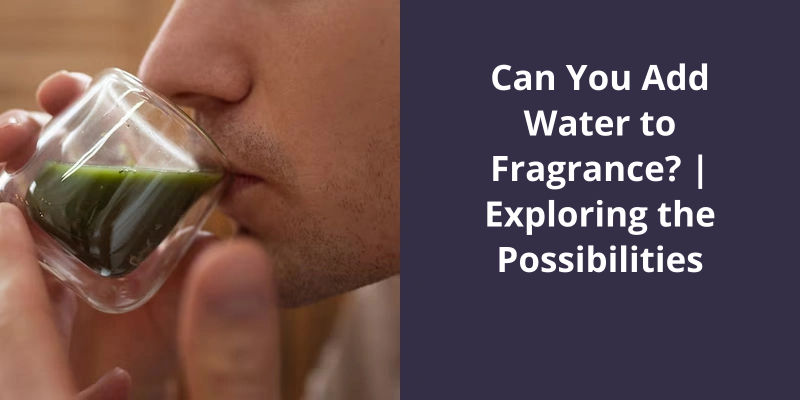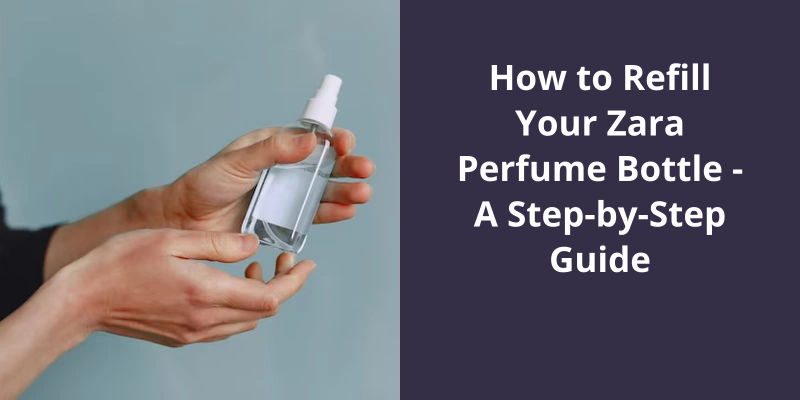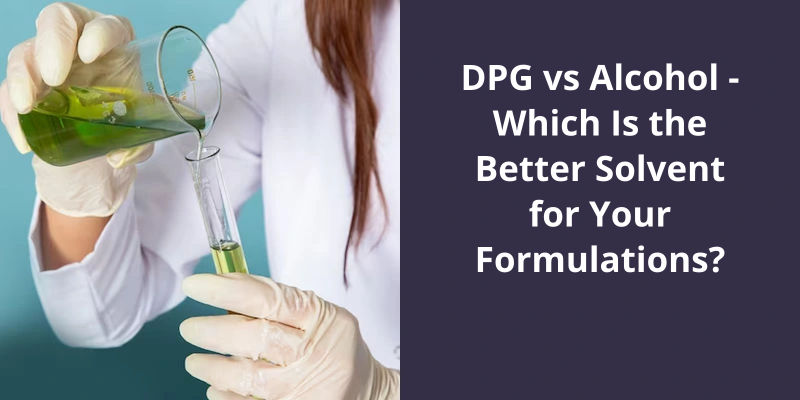When using Optiphen, the amount to utilize greatly depends on your personal preference and the type of product you’re making. However, as a general guideline, it’s advised to use around 0.5-1.5% of the total weight of your formulation, but not to exceed 1.5%. You add it in the cool down phase of your formulation when the mixture has dipped below 176°F (80°C). Note that Optiphen is best used in oil-based products or in emulsions, after the emulsion has formed. Always remember to stick within the suggested range for optimal preservation and testing your product for any potential irritation.

What Is the Usage Rate of Optiphen?
Optiphen is a widely used preservative in the cosmetic industry. It’s well-known for it’s efficacy against bacteria, yeast, and mold.
This versatility makes it an excellent choice for cosmetic formulators who want to reduce the number of preservatives they use in their formulations.
One of the benefits of using Optiphen is that it doesn’t affect the texture or scent of the final product. This means that cosmetic formulators can use Optiphen without worrying about altering the products overall quality. Optiphen is also easy to use, and it can be added to the product at any time during the formulation process.
It’s usage rate is typically between 0.75 and 1.5% of a formulation, and it’s compatible with most raw ingredients used in cosmetics. It’s versatile, easy to use, and doesn’t affect the overall quality of the final product.
Comparing Optiphen to Other Popular Preservatives in the Cosmetic Industry
This article discusses how Optiphen compares to other common preservatives used in cosmetics.
It’s important to note the proper way to add Optiphen to a formulation to ensure it’s effectiveness. While it may seem like a simple task, overlooking this detail could ultimately lead to an ineffective product. So let’s dive in to learn more about the best practices for adding Optiphen to your skincare products.
How Do I Add Optiphen?
Before adding Optiphen, it’s important to have a clear understanding of the preservative system you’re working with. Optiphen is a broad-spectrum preservative that can be used to protect against a wide range of bacteria and fungi. However, it may not be suitable for all formulations. It’s also important to ensure that the formulation has sufficient preservative levels to prevent microbial growth.
To add Optiphen, first calculate the required amount based on the weight of the formulation. Mix the preservative into a small amount of the formulation, and then add it back to the main batch while stirring constantly. It’s important to ensure that the Optiphen is evenly distributed throughout the formulation.
When working with Optiphen, it’s important to handle it with care. Always wear gloves and goggles when working with the preservative, and avoid inhaling or ingesting it. Store Optiphen in a cool, dry place out of direct sunlight to extend it’s shelf life.
Some common alternatives include phenoxyethanol, benzyl alcohol, and potassium sorbate. However, it’s important to carefully consider the suitability of each preservative for your specific formulation.
Ultimately, the success of a preservative system depends on the formulation and the conditions under which it will be used. Regular microbial testing can help to ensure that a product remains stable and safe for use over time. Proper preservation is essential to ensuring the safety and efficacy of cosmetic products, and careful consideration should be given to the preservative system used.
Conclusion
While it may be tempting to simply rely on generic recommendations or past experience, taking the time to conduct proper testing and analysis can ultimately lead to better quality formulations and more satisfied customers. By staying informed and up-to-date on best practices and industry standards, formulators can ensure that they’re using the appropriate amount of Optiphen – or any other preservative – to effectively protect their products while also maintaining their overall integrity and efficacy.





